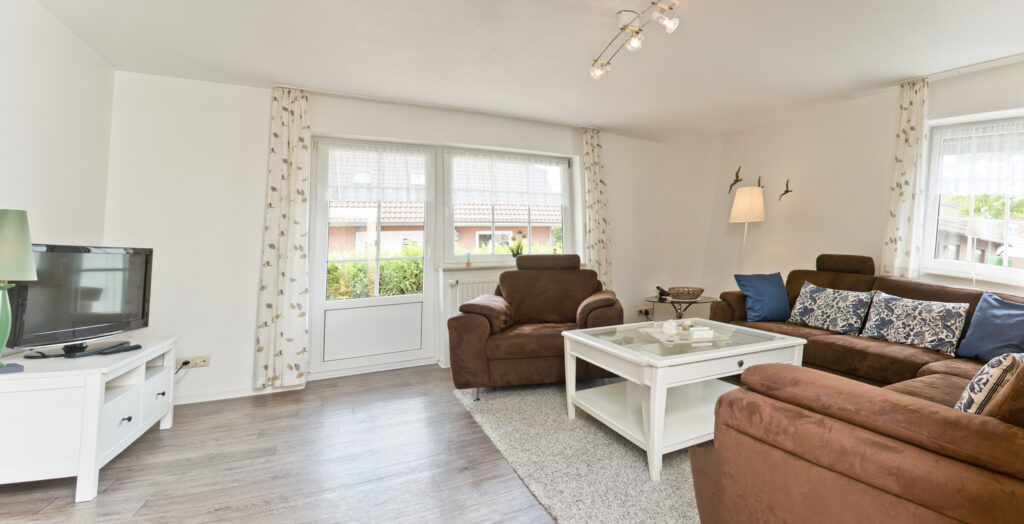The ’90s were a time of change, moving away from the boldness of the ’80s to a more relaxed and laid-back approach to interior design.

- Minimalism: The 1990s were all about clean lines, clutter-free spaces, and practicality. Neutral colors like beige, cream, and white created a calm and peaceful atmosphere. Furniture with sleek profiles made of natural materials such as wood, glass, and metal became popular.
- Earthy Tones: Earthy tones also became incredibly popular in the 1990s home design. Deep, warm hues like terracotta, mustard yellow, olive green, and burnt orange were commonly used to add depth and richness to interiors. These earthy colors were often paired with neutral shades on walls, furniture, upholstery, and accessories.
- Open Floor Plans: In the 1990s, people developed a fondness for open and flexible living spaces. This architectural style not only allowed natural light to flow more freely but also encouraged easy social interaction. Kitchens joined together with family rooms, became central hubs where families and friends could gather, reflecting a shift towards a more casual and communal lifestyle.
- Eclectic Style: As the decade progressed, an eclectic mix of styles gained popularity. The ’90s saw a fusion of vintage and contemporary elements as homeowners aimed to create spaces that reflected their unique personalities. Mixing patterns and textures, like floral prints, stripes, and plaids, added visual interest and liveliness to interiors. This trend extended to incorporating antique or thrifted furniture pieces alongside modern designs, resulting in a curated and eclectic look.
- Embracing Technology: The ’90s marked a significant leap in technological advancements that had an impact on home design. As personal computers became more common, dedicated home offices or computer nooks became essential in many households. Furniture designs began incorporating built-in spaces for computers and other electronics to accommodate the growing need for technology integration. Additionally, audiovisual systems, home theaters, and innovative lighting solutions emerged, transforming the way people experienced their living spaces.

The 1990s focused on simplicity, minimalism, and comfort. These trends have left a lasting impact and continue to shape our homes today.

